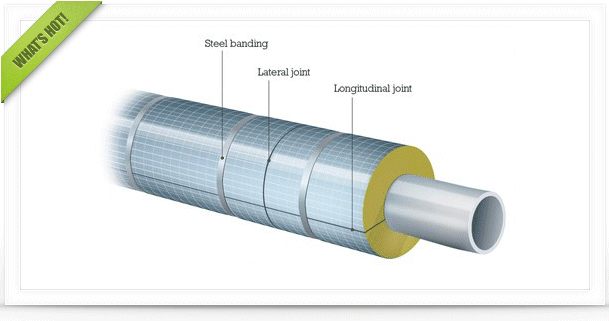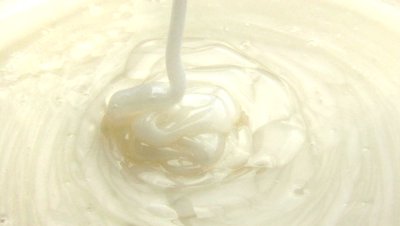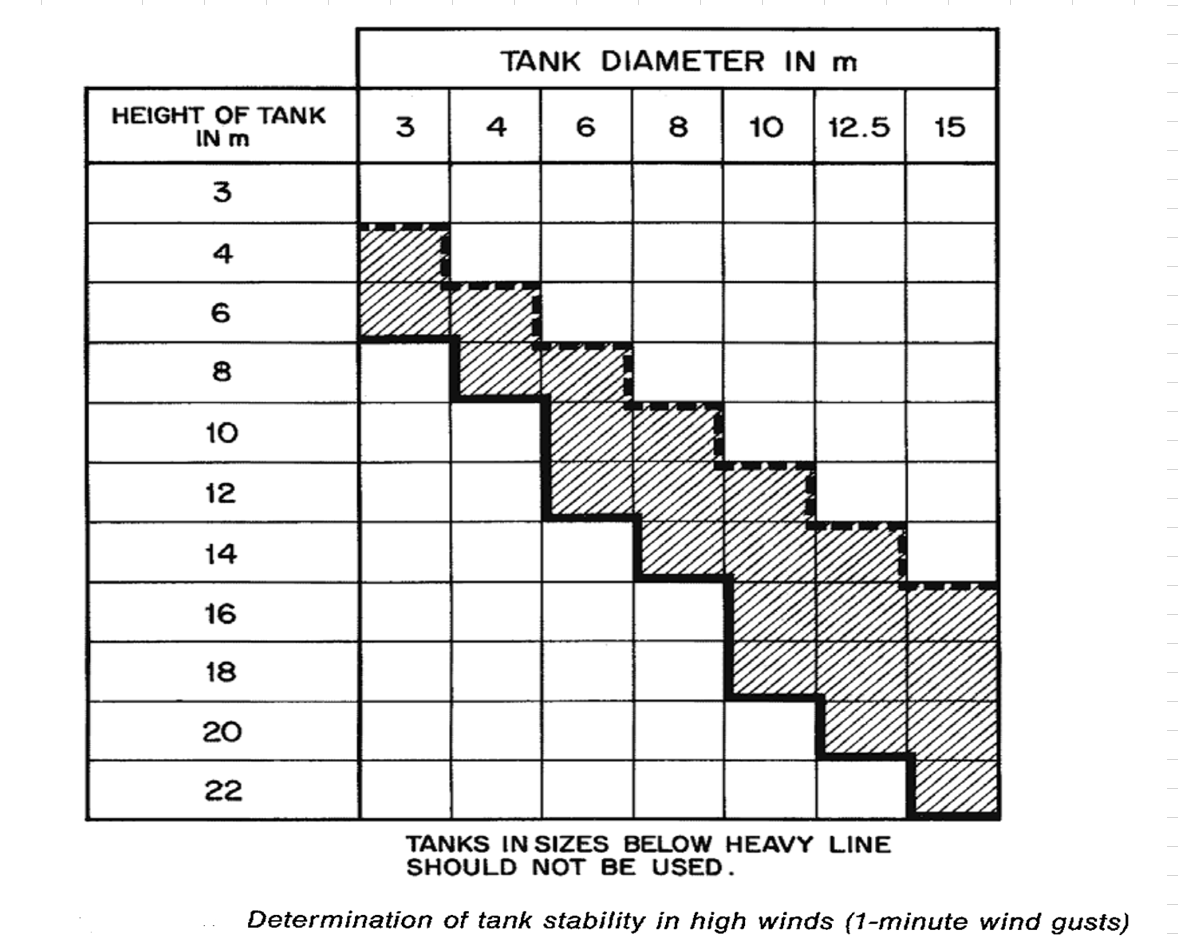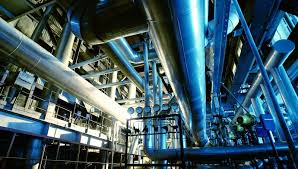Hello
In my plant a centrifugal pump is working at 165m3/hr whereas its maximum designed capacity given by vendor is 150m3/hr. I want to know that how much more the pump can handle and how can i calculate it?
Thanks
|
|
How To Calculate Maximum Flow Of Centrifugal Pump
Started by smjamin, Apr 01 2012 12:36 AM
3 replies to this topic
Share this topic:
#1

Posted 01 April 2012 - 12:36 AM
#2

Posted 01 April 2012 - 12:41 AM
Your query is unclear .
You need to consider head (TDH) and flowrate . In other words consider your system and the pump curve .
Hope this helps
Breizh
You need to consider head (TDH) and flowrate . In other words consider your system and the pump curve .
Hope this helps
Breizh
#3

Posted 01 April 2012 - 01:30 AM
There are three answers to this question. All require you to see where you are on your pump curve.
The first answer concerns the maximum economic flowrate. You will see that the Best Efficiency Point (BEP) is somewhere near the middle of the curve. As you move away from this point (either with a higher or a lower flow) the pump efficiency decreases. Where does this extra wasted energy go when you move away from the BEP? It goes into vibration and noise in the pump, which increases the wear and tear on the pump and the need for more frequent maintenance. The specifics of your application will tell you how far from the BEP you can move and still be economic.
The second answer is the maximum absolute flowrate. This is the point where the curve crosses the zero head line. It is usually only a theoretical operating point because very few real applications will have zero head. It is sometimes used to size the pump motor because this is the point where the motor draws most power and in some applications this has to be considered to prevent burning out the motor.
The third answer is the maximum achievable flowrate. This cannot be answered by examining the pump alone. You have to compare the pump curve with the system curve, as already advised by breizh.
The first answer concerns the maximum economic flowrate. You will see that the Best Efficiency Point (BEP) is somewhere near the middle of the curve. As you move away from this point (either with a higher or a lower flow) the pump efficiency decreases. Where does this extra wasted energy go when you move away from the BEP? It goes into vibration and noise in the pump, which increases the wear and tear on the pump and the need for more frequent maintenance. The specifics of your application will tell you how far from the BEP you can move and still be economic.
The second answer is the maximum absolute flowrate. This is the point where the curve crosses the zero head line. It is usually only a theoretical operating point because very few real applications will have zero head. It is sometimes used to size the pump motor because this is the point where the motor draws most power and in some applications this has to be considered to prevent burning out the motor.
The third answer is the maximum achievable flowrate. This cannot be answered by examining the pump alone. You have to compare the pump curve with the system curve, as already advised by breizh.
#4

Posted 02 April 2012 - 08:30 AM
If you do have the pump curve provided by the pump vendor, you will find a figure mentioned as " Rated Flow". This flow is the maximum flow that can be handled by your impeller.
If you dont have the pump curve, you can use affinity laws to estimate something.
If you dont have the pump curve, you can use affinity laws to estimate something.
Similar Topics
Seeking Feedback On My Process Flow Diagram. Biogas Steam Reforming ToStarted by Guest_Jacobaum_* , Today, 02:35 PM |
|

|
||
Purge Gas For Centrifugal CompressorStarted by Guest_Lyne_* , 19 Oct 2025 |
|

|
||
Two-Phase Fluid Flow Through An OrificeStarted by Guest_frwvelandria_* , 13 Oct 2025 |
|

|
||
Centrifugal Compressor Performance Curves In Aspen HysesStarted by Guest_Rafcio_* , 14 Mar 2024 |
|

|
||
Vacuum PumpStarted by Guest_R.t_* , 19 Sep 2025 |
|

|

 FB
FB








